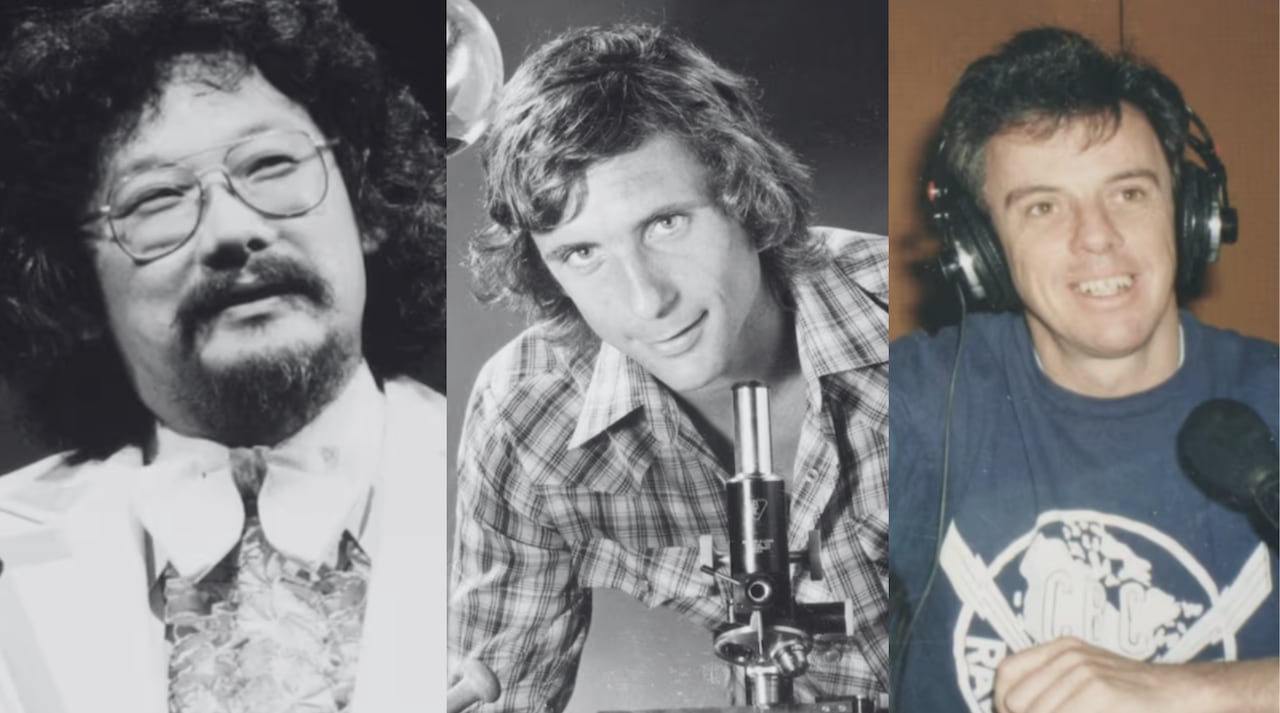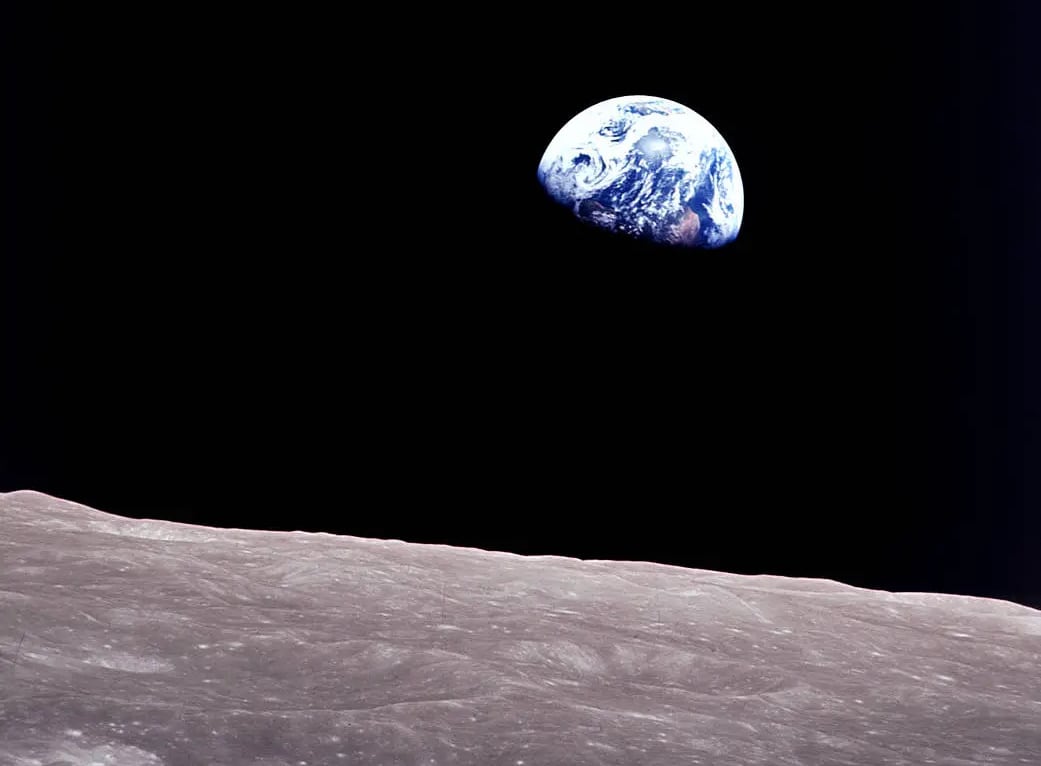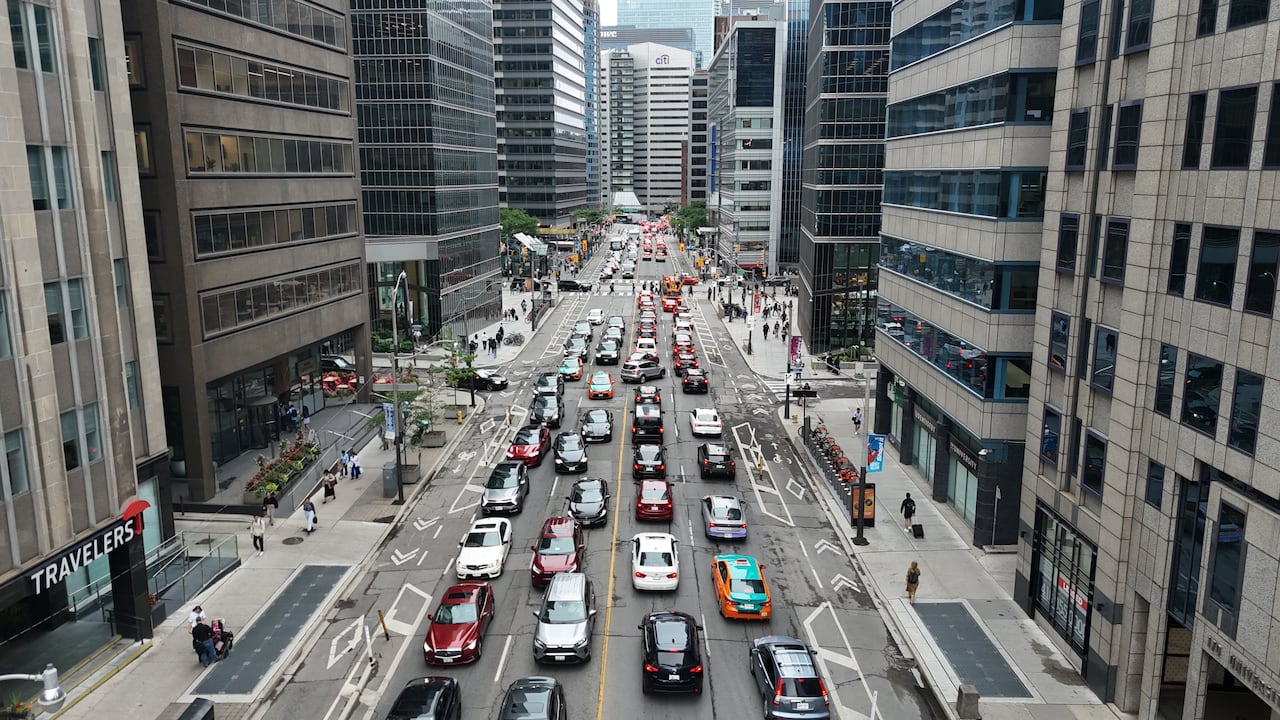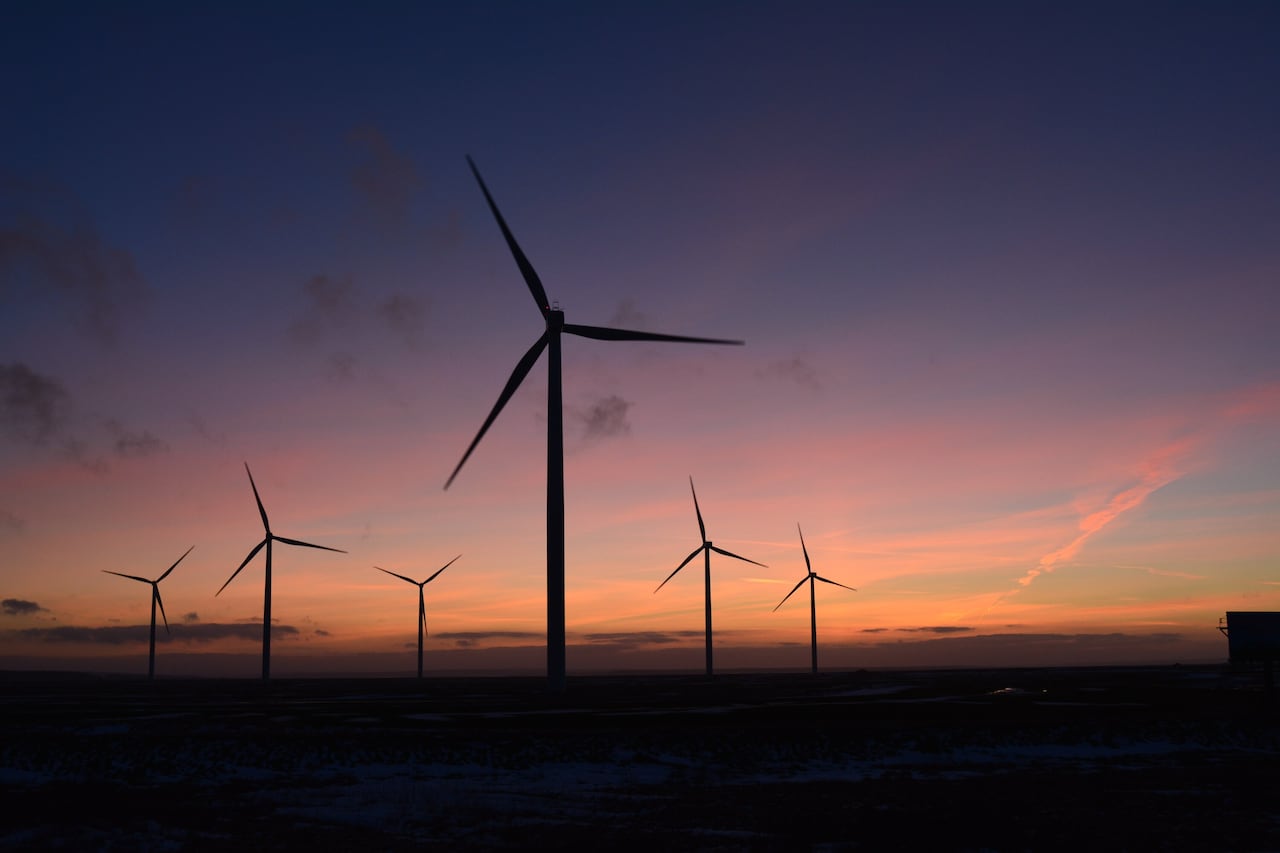50 Years of Quirks & Quarks and half a century of science

Quirks & Quarks celebrates its 50th anniversary this week, looking back at a half century of science and peering forward to the next 50 years.
In 1975, when David Suzuki introduced the first episode of Quirks & Quarks, the excitement of the moon landings had waned and North America was facing a new challenge — the effects of the 1973 energy crisis.
Oil supplies from the Middle East had been cut off. The price of gasoline soared overnight, gas stations were out of fuel, and those that did have a supply had lineups that stretched for blocks.
The buzzwords at the time were fuel economy and energy efficiency as scientists and engineers were tasked with stretching limited oil supplies as far as possible, while searching for alternative sources of energy.

Consumers were switching from large, gas-guzzling, traditional North American cars, to more efficient models, often from Japan and Europe. The U.S. auto industry followed suit with smaller, lightweight, and more aerodynamic vehicles powered by small engines to stretch every mile possible out of a gallon of gas.
Research dollars were poured into renewables, which led to development of alternatives such as clean hydrogen fuel, improved solar panels, wind turbines, geothermal energy and biofuels.
Homeowners were encouraged to insulate their homes, and eventually heat pumps and high efficiency furnaces became available, which cut down on heating bills.
At the same time, industries began to be held more accountable for air and water pollution. Auto manufacturers were forced to install catalytic converters on exhaust pipes to capture emissions, while large industries were forced to clean up effluent and limit their discharges of waste and harmful chemicals into rivers and lakes.

The ’70s were a time when science began to turn its focus to taking care of planet Earth, thanks in part to the whole Earth photos taken from the moon by the Apollo astronauts and the influence of Rachel Carson’s groundbreaking 1962 book, Silent Spring. We came to think of our planet as a small oasis of life in a vast, uncaring universe.
In other words, more and more science was focused on the environment. It was pointing to problems such as carbon emissions, but also coming up with solutions such as green energy.
During this time, a revolution began in the home as personal computers arrived, which eventually changed the way we communicate, do business and connect to everyone in the world.
In medicine, the Human Genome Project came along in the ’90s to sequence all of human DNA, leading to a deeper understanding of human biology and the evolution of life.

So here we are 50 years later, and much has changed. In the developed world, we are largely healthier and living longer than ever before. More food is being produced to feed a population that has doubled, and we are surrounded by technology that supplies information at our fingertips. We can travel nearly anywhere on the globe.
Science and technology have made humans a super-species. We have explored every domain of the planet and beyond. We have discovered our place in an unimaginably huge and expanding universe, delved into the mysteries of life down to the molecular level and discovered connections between all living things. Our knowledge has never been greater.
But all this progress has come at a cost. Scientists have repeatedly warned us that enormous environmental stress on our planet is unsustainable. Our technological advances have often come with paradoxical results. For example, vehicles today are cleaner and more efficient. But many of them have grown back to enormous size — so efficiency has fueled consumption, rather than reduced it.

The natural world is under extraordinary pressure. Scientists have calculated that species are disappearing at a rate that hasn’t been seen since the dinosaurs went extinct. There’s a range of causes, from human pollution and pesticides, to loss of habitat from human activity, to a disrupted climate.
Every summer more and more hectares of our forests catch fire. Water shortages and droughts are becoming more common and impactful; fuelled by warmer oceans, storms have become stronger.
Despite ambitious international agreements, we have failed in our commitments to cut greenhouse gas emissions. Climate concerns often seem to take a back seat to economic interests. And many researchers point to positive environmental policies being obstructed by those attempting to maintain business as usual.
The human impact on the planet has even been given a new geological name by some scientists: the Anthropocene, a period defined by the permanent mark we’re making in the geological record.
It may seem like we are living in dark times, but there is hope.

Many of the technological innovations that started to be developed in the ’70s to deal with a shortage of oil are now mature, and are realizing their enormous potential. The technologies to produce electricity from the free energy of the sun, the wind, the heat of the Earth or the power within the atom are there for us.
We know how to keep the lights on, wheels turning and food on the plate without burning up the planet. The science and technology, researchers consistently say, is there for us to use.
It can, however, be a challenge to tell the difference between real science and pseudoscience, between evidence-based research and self-appointed experts who claim climate change is a hoax, vaccines or pain-relievers cause autism, the moon landings were faked, the Earth is flat and there are alien civilizations living on Mars.
Yet that distinction is vital because the issues we face, such as climate change, energy production, food and clean water supply, all involve scientific principles. And a scientifically literate society can make intelligent decisions about how to proceed from here.
Quirks & Quarks has been contributing to that science literacy in a small way for half a century, and I’m enormously proud to have been a part of it.
cbc.ca




